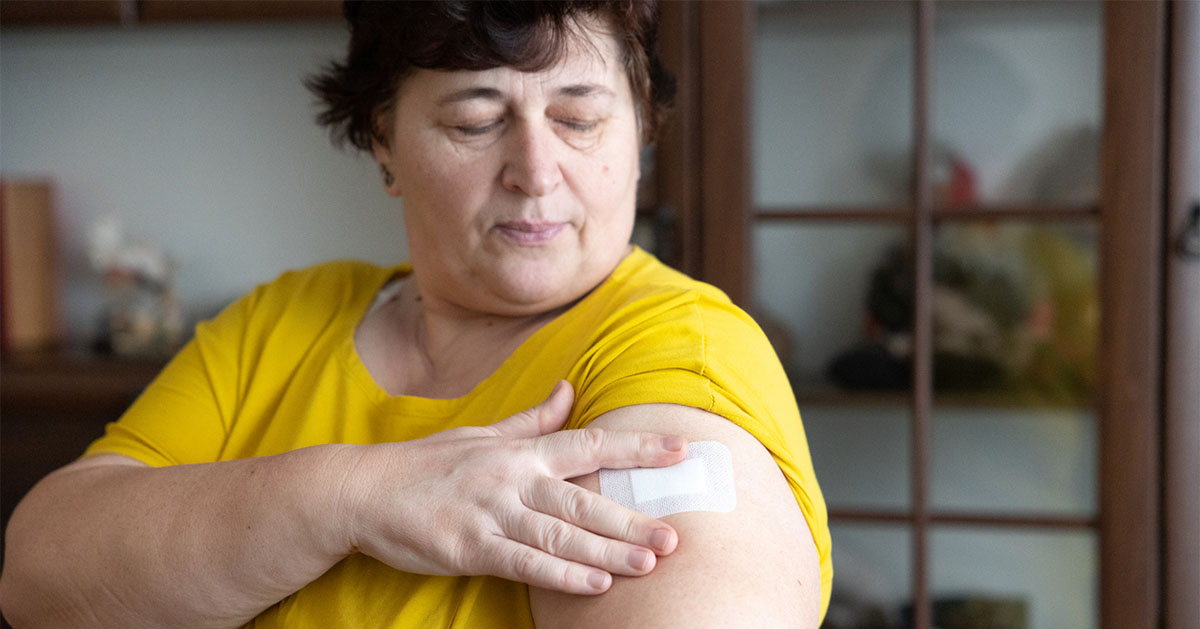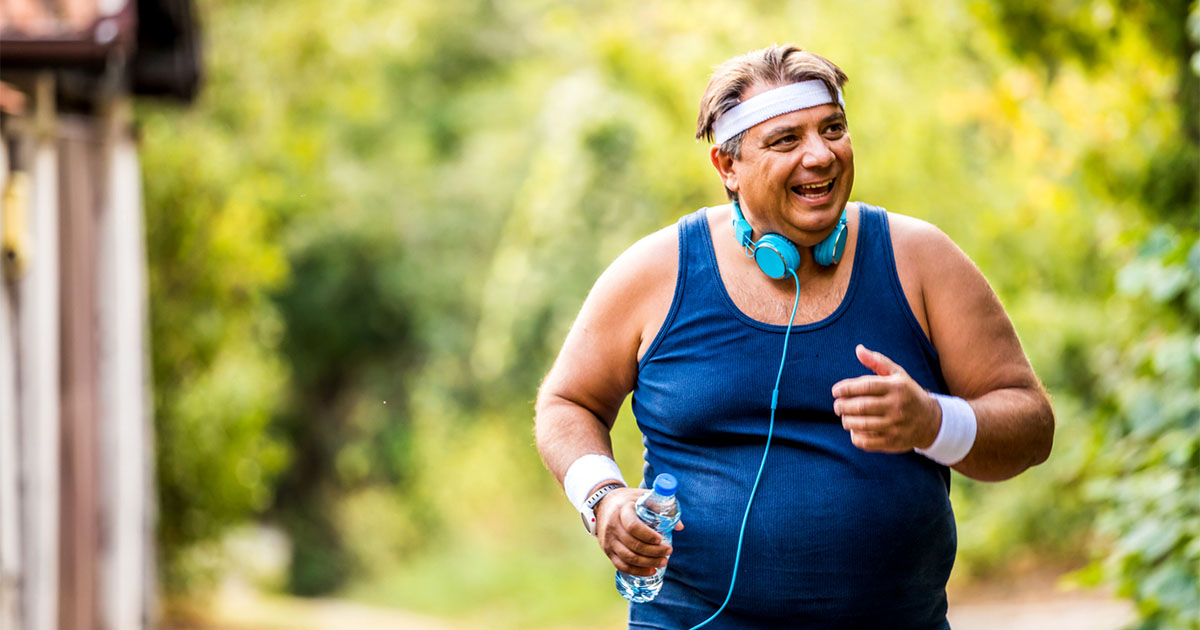In Britain, South Asians (Indians, Pakistanis, Bangladeshis and Sri Lankans) are six times more likely to develop diabetes compared with the general population (D’Costa et al, 2000). Amongst these groups, it has been suggested that Bangladeshis have the highest risk of diabetes (International Diabetes Federation, 2011). Additionally, South Asians with diabetes have an increased risk of developing retinopathy and renal failure at a younger age compared with Caucasians (Chandie Shaw et al, 2006).
South Asians also have a higher prevalence of diabetes compared with other ethnicities irrespective of BMI (Oza-Frank et al, 2009). A possible reason for this is that South Asians may have impaired mitochondrial oxidation of fatty acids, which may lead to increased deposition of body fat (Bakker et al, 2014). This is plausible and could be related to the thrifty gene hypothesis (Neel, 1962). The thrifty genotype helped survival in the feast-or-famine days of hunter–gatherers. However, this advantage has become a disadvantage in the absence of food deprivation. Henceforth, in this modern era, special attention should be paid to avoiding overindulgence and poor food choices. It is possible that targeting the South Asian diet could reduce the risk of diabetes in this population.
South Asian diets
Reviewing South Asian recipes from various literature, it is notable that their cuisine involves the use of ghee (clarified butter) and a lot of frying as a method of cooking. For example, Indian breads (paratha and bhatura) are prepared using ghee on a griddle and with a deep-fat fryer, respectively. A dosa is another type of food typically consumed throughout the day. It consists of rice powder with gram flour and is cooked in ghee, and a filling of deep-fried potato is often used (Misra et al, 2009). These foods contribute towards a highly calorific diet with a high intake of saturated fatty acids (SFAs). The consumption of SFAs influences insulin resistance and reduces insulin-stimulated glycogen synthesis (Manco et al, 2000). Therefore, it is recognised that excessive SFA intake reduces the body’s ability to manage blood glucose levels.
Yagalla et al (1996) reported that migrant Asians in the US have an increased fat intake (32% higher) compared with the general population. Subsequently, a higher BMI suggestive of obesity was noted in these individuals. This would probably apply to those living in the UK as well. Indeed, South Asians living in this country incorporate Western foods in their diets but continue to consume their traditional foods (Anderson and Lean, 2005). Additionally, the globalisation of fast food establishments has introduced foods low in fibre and rich in energy, saturated fat and sugar, which have a low nutritional value (Kris-Etherton et al, 2001). The consumption of refined foods along with high fats is associated with diabetes (Azadbakht et al, 2011).
Lifestyle advice from current resources
It is necessary to explore the healthy nutritional information available to South Asian people with diabetes and to analyse the advice provided. The “Healthy Eating and Diet Tips for South Asians” advice from the diabetes.co.uk website suggests cutting down on refined carbohydrates and fried foods, and to include vegetables and fruits in the diet (Diabetes Digital Media Ltd, 2018). In addition, the avoidance of high-calorie foods such as fried rice, samosas, onion bhajis and masala curries is advised. However, these foods are the main staple of South Asian cuisine and culture; therefore, a complete change of identity is being recommended, which may be a challenge to adopt. Thus, it is beneficial to explore whether there is a cultural connection with the foods eaten.
The Hindu sacred book, the Bhagavad Gita, divided foods into three groups based on their relation to Property, Sanctity and Quality (Sattvika, Raajasika and Taamasika). It is suggested that “Property” foods represented prosperity, health and happiness. These foods include fruits, vegetables and sweets. “Sanctity” foods denote passion and activity. These foods comprise hot, spicy and salty foods.
“Quality” refers to the avoidance of foods that slow the mind and body, including meats, fish, mushrooms, garlic and alcohol (Tamang and Kailasapathy, 2010; Tamang, 2016). Such foods are a major part of the Mediterranean diet, which is in fact healthy and an effective non-medical treatment option for diabetes (Sofi et al, 2013). Hence, these religious beliefs may represent a barrier to uptake of a healthy diet.
The Heart UK literature on healthy swaps for South Asian diets suggests that vegetable oils should be substituted for butter and ghee. Similarly, vegetarian meat substitutes such as paneer (Indian cheese) are recommended to be replaced with tofu, and baking and grilling are recommended over frying as cooking methods (Heart UK, 2018). These could be regarded as sensible recommendations; however, baking a samosa is unlikely to have the same appeal. Furthermore, in South Asia, products derived from cows, such as ghee and paneer curd, are considered sacred and the purest substances available for use (Korom, 2000). Therefore, advising South Asian patients to avoid their consumption could lead to a religious conflict of interest.
The Leicestershire Diabetes library of authentic recipes adopts a different approach, with an emphasis on measuring ingredient quantity, which is often overlooked when preparing meals. This approach may also help control the number of calories consumed and is more likely to be followed due to the lack of imposed restrictions.
Dietary resources
Additional resources that promote healthier South Asian diets can be found in Box 1. These will enable healthcare professionals to provide patient education and empower healthier eating. However, the leaflet titled Healthy eating for the South Asian community does not appear to factor in South Asian food culture and health beliefs. For instance, it recommends the avoidance of herbal remedies, which could be seen as a cultural conflict of interest. For example, herbal derivatives of karela (bitter melon) are available in local Asian stores and are often brought back when visiting native countries due to the perceived health benefits for diabetes (Day, 2005). One small study has suggested that karela improves glucose tolerance by enhancing peripheral and hepatic glucose clearance (Leatherdale et al, 1981).
In conclusion, healthy South Asian diet advice exists and has proven benefits in relation to diabetes. As healthcare professionals, when providing diet advice, we should recognise the cultural and religious aspects that food has on an individual. Therefore, it would be sensible to recommend the measuring of portions rather than outright avoidance. However, the difficulty lies with adherence and acceptance, which relates to self-care. Further investigation may be warranted to assess why some individuals lead a healthier lifestyle than others. In addition, cultural and religious beliefs may influence good food choices, and may continue to contribute to poor health and diabetes if not tackled in a larger campaign. It would be sensible to evaluate the thoughts and feelings that South Asian people have towards their foods to overcome any barriers that could lead to the development of diabetes.






Increased risk of new-onset heart failure in over-65s suggests caution is required before prescribing pregabalin for painful diabetic neuropathy.
14 Aug 2025